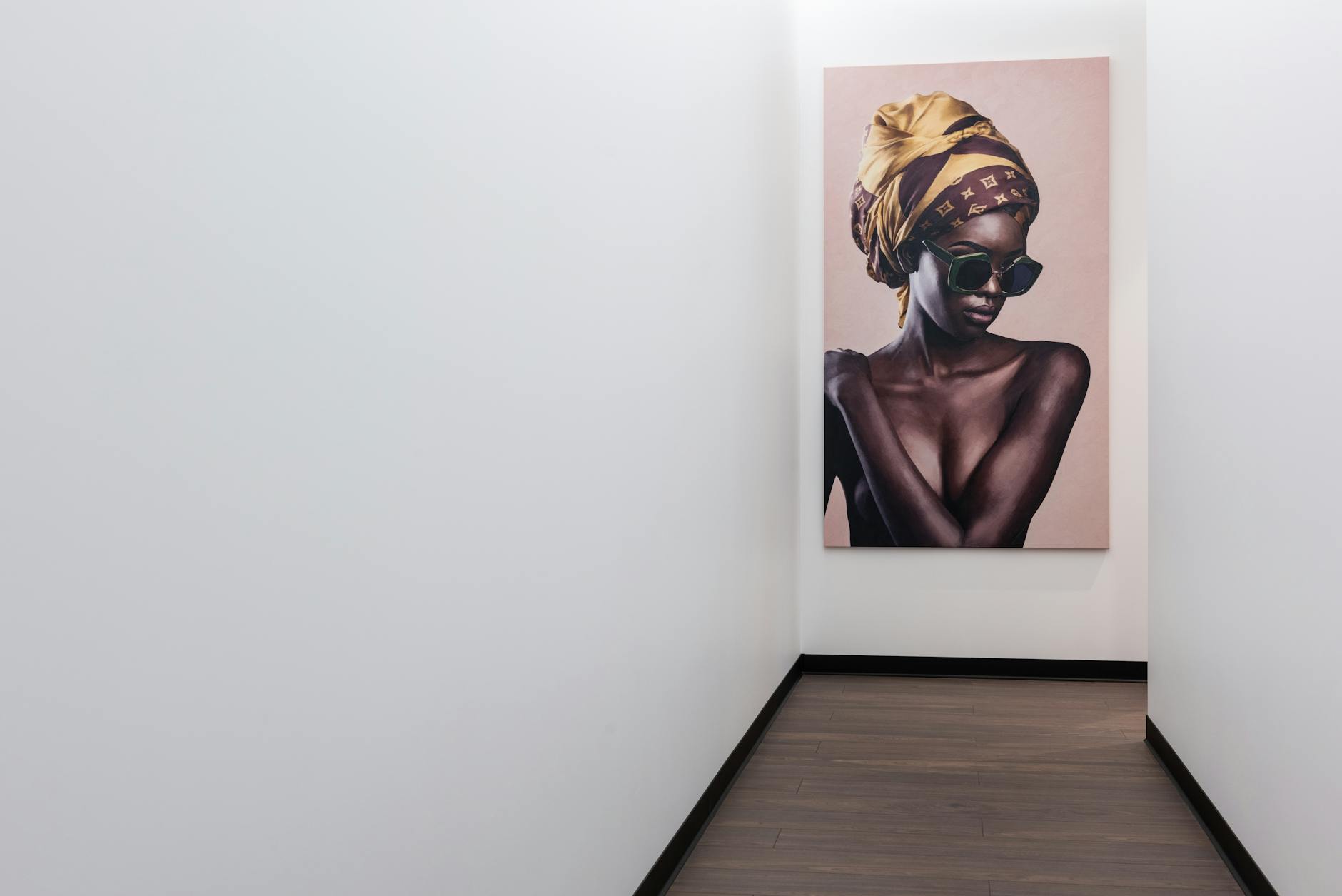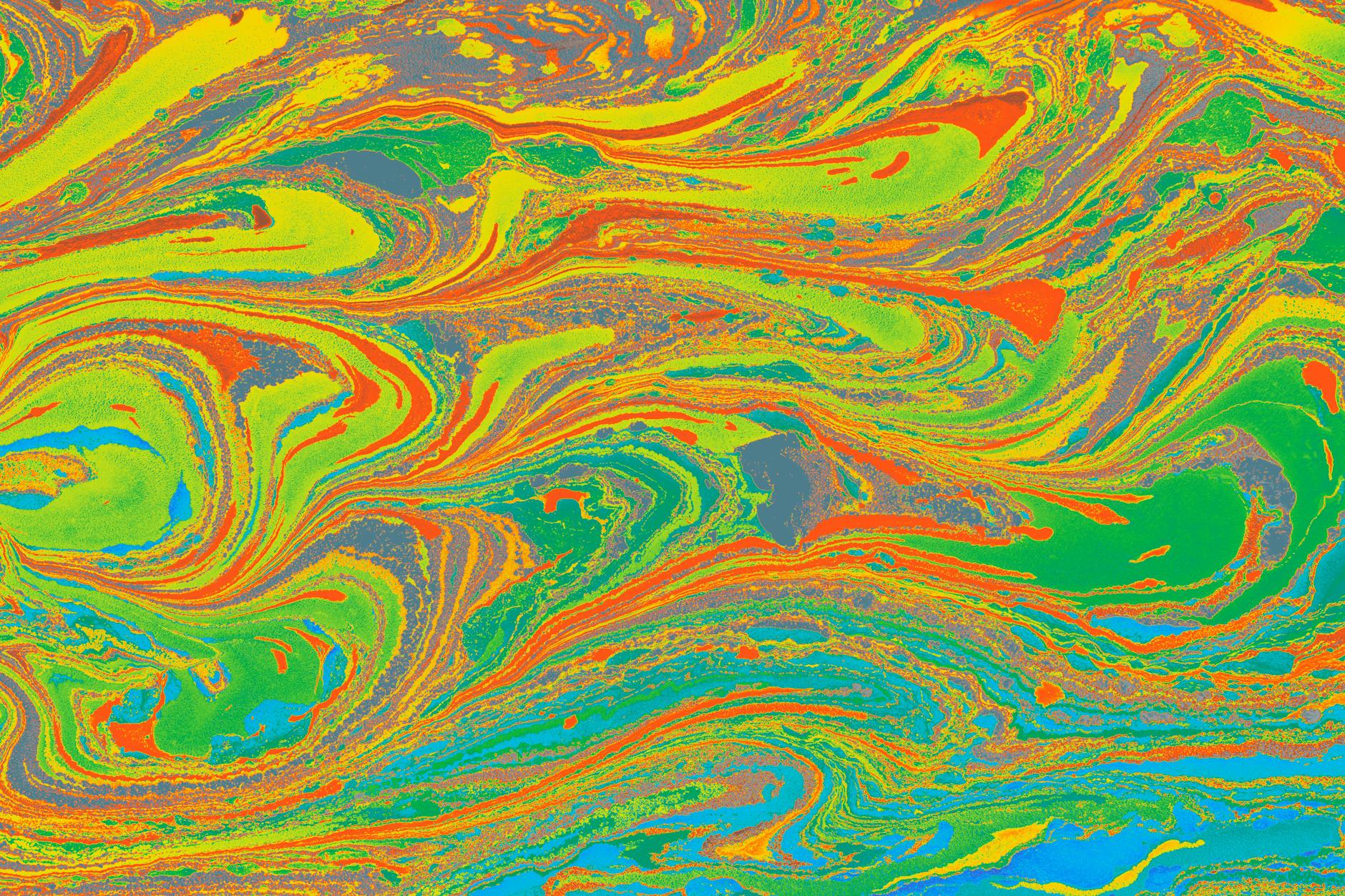Psychedelic art is not just an art movement, but a unique and powerful method for creative expression that has had an overwhelming cultural impact. Originating from the counterculture of the 1960s and 1970s, psychedelic art involves the use of vivid colors, abstract images, and intricate fractals to create a surreal visual representation of altered states of consciousness.
This form of art borrows heavily from surrealism, a 20th-century art movement that sought to liberate thought, language, and human experience from the oppressive boundaries of rationalism. Like surrealism, psychedelic art also ventures into the realm of the abstract and endeavors to represent the unrepresentable. At the same time, it elevates this concept by embracing the revolutionary mindset of the counterculture, which advocated for freedom of thought, personal enlightenment, and new ways of seeing the world.
Psychedelic art is linked to the use of hallucinogenic substances. These substances were used to induce visionary experiences, which were then put onto canvas, paper, or other artistic mediums. What makes this form of art unique is its emphasis on spiritual symbolism and the exploration of the human psyche. It attempts to portray concepts beyond the physical world, reaching for the metaphysical, spiritual, and mystical experiences of human consciousness.
For instance, some artists use fractals, geometric figures that are infinitely complex and self-similar across different scales, as a way to encapsulate the infinite reality of consciousness. The connection between fractals and psychedelic art is essential as they both portray the infinite complexity of reality.
Now, what about the psychedelic art’s cultural impact? This art movement played a significant role in the counterculture of the 1960s. It was the visual manifestation of the revolutionary sentiments of that era. Psychedelic art aimed to break the boundaries of the known and shift the societal world view of reality. By challenging traditional aesthetics with vivid colors and complex patterns, psychedelic art reminded society of the richness of the human perception and experience.
Artists using psychedelic art were activists in their own rights, challenging the norms of their time and provoking societal change. Their creative expression mobilized a radical transformation in the visual arts scene, and their cultural impact still resonates today. In fact, psychedelic art is seeing a revival in the digital age thanks to software that can simulate the intricate designs and intense colors characteristic of this art form. The growing popularity of digital artwork known as NFTs has also allowed this art form to reach a contemporary audience.
Symbolic and vibrant, the true significance of psychedelic art lies in its ability to break free from the norms of traditional art and transform the way we perceive and appreciate our world. It breaks boundaries and instigates change, serving as a reminder that art is not just about aesthetics, but a tool for communication, a means to challenge norms and a vehicle to drive societal change.
Today, the influence of psychedelic art continues to be apparent in pop culture, from album covers to digital media, clothing designs, and even home décor. This ongoing influence underlines the permeating nature of psychedelic art and reinforces its importance in the history of creative expression.
In conclusion, psychedelic art is a paramount example of the intersection between visual art and cultural shifts. While it may initially seem baffling due to its unconventional, vivid portrayal of moods, ideas, and experiences, a deeper dive into its meaning – its cultural implications and transformative potential – reveals its true beauty and significance.
The effervescent world of psychedelic art continues to inspire and influence, long after its initial explosion onto the art scene in the 1960s. Its enduring impact is a testament to its power as more than just a form of art, but a significant cultural phenomenon.
Sources:
1. Surrealism: Art and Modern Philosophy
2. Explainer: What is Non-Fungible Tokens?
3. Psychedelic Art: Tate Gallery
4. The Counterculture and Art of the 1960s, Google Arts and Culture.








